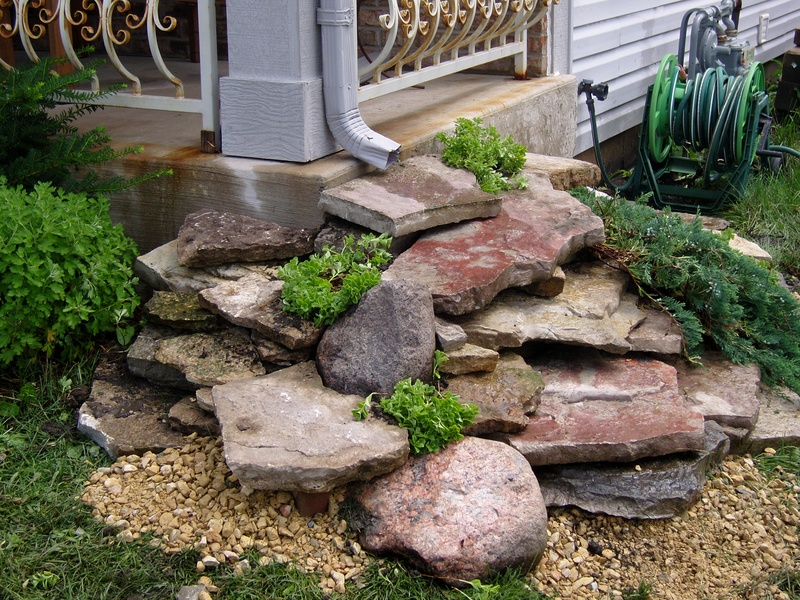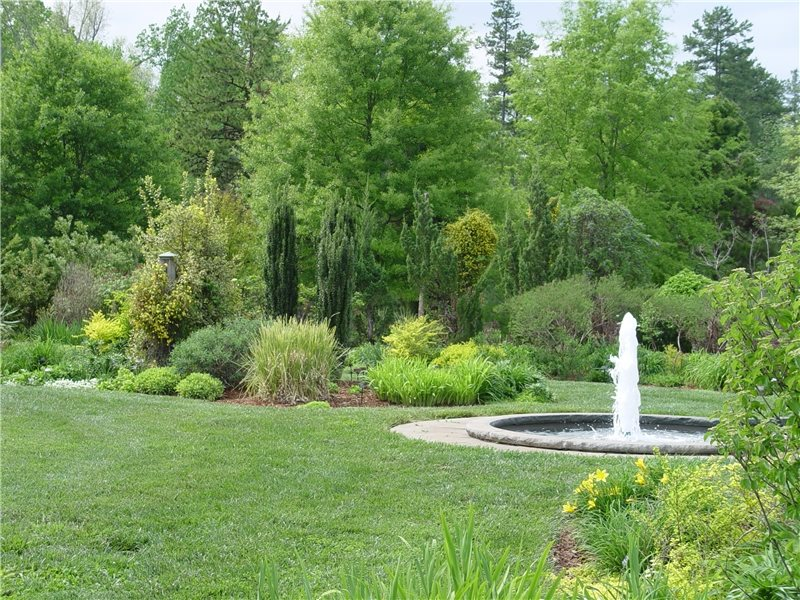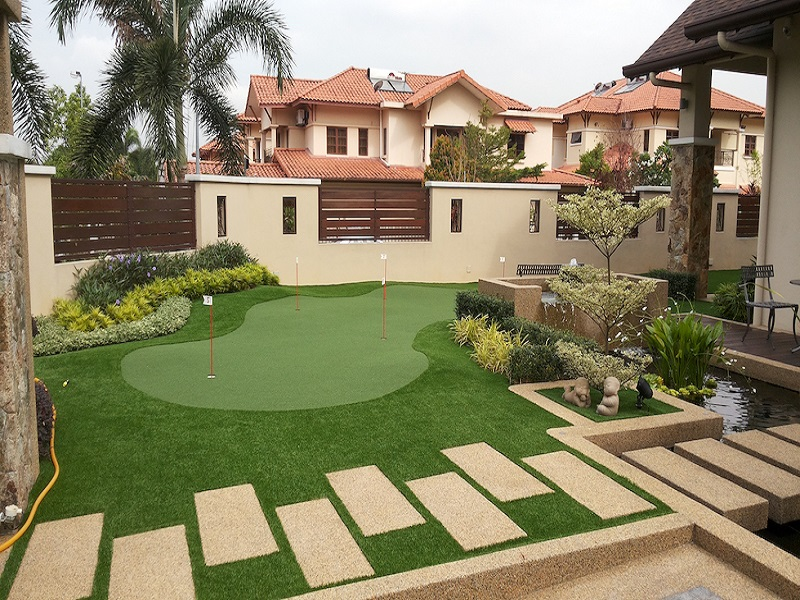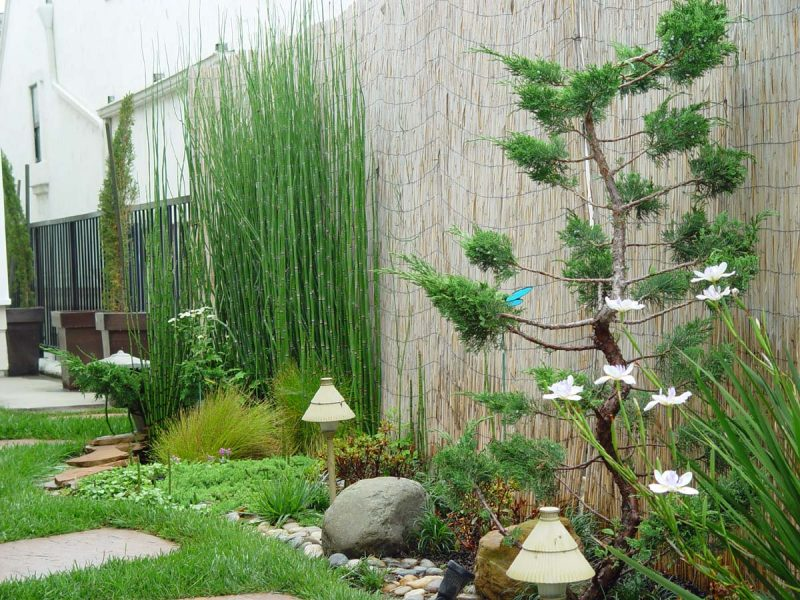The Artistry of Landscaping: Transforming Outdoor Spaces into Idyllic Retreats
Introduction (50 words): Landscaping is more than just gardening or yard maintenance—it’s a form of art that brings outdoor spaces to life. By combining creativity, design principles, and horticultural expertise, landscaping professionals have the power to transform ordinary landscapes into breathtaking retreats that captivate the senses and provide solace from the demands of everyday life.
Body:
- Connecting with Nature (100 words): Landscaping serves as a bridge between human civilization and the natural world, offering a respite from the hustle and bustle of urban living. By carefully selecting and arranging elements such as plants, flowers, trees, and water features, landscapers create harmonious environments that allow people to connect with nature in their own backyard. The soothing sound of a trickling waterfall, the gentle sway of ornamental grasses in the breeze, and the vibrant colors of blooming flowers all contribute to a sensory experience that rejuvenates and uplifts the human spirit.
- Harmonizing Design and Functionality (100 words): Successful landscaping blends aesthetics with practicality, striking a delicate balance between beauty and functionality. Landscape architects and designers meticulously plan the layout, considering factors like terrain, climate, and the intended use of the space. The result is a harmonious integration of hardscapes, such as pathways, patios, and decks, with softscapes comprising of plants, lawns, and garden beds. Every element is carefully chosen to create an outdoor environment that not only appeals to the eye but also serves the needs and desires of the inhabitants.
- Enhancing Property Value (100 words): Well-designed and maintained landscaping can significantly increase the value of a property. Curb appeal plays a crucial role in attracting potential buyers, and a thoughtfully landscaped front yard can make a lasting impression. A well-executed landscape design adds character, uniqueness, and charm to any property, creating an emotional connection with visitors and passersby. Beyond aesthetics, landscaping can also improve energy efficiency by providing shade, reducing erosion, and creating a natural cooling effect, thereby reducing utility costs and enhancing the sustainability of a property.
- Environmental Benefits (100 words): Landscaping has numerous environmental benefits that extend beyond the boundaries of individual properties. Trees, shrubs, and grasses help combat climate change by sequestering carbon dioxide and releasing oxygen. Well-designed landscapes can also help manage stormwater runoff, preventing soil erosion and minimizing the risk of flooding. By selecting native plants, landscaping professionals can support local ecosystems, attracting pollinators and providing habitats for birds and beneficial insects. Additionally, strategically placed trees and shrubs can act as natural windbreaks, reducing energy consumption by sheltering buildings from harsh winds.
Conclusion (50 words): Landscaping is an art form that transforms outdoor spaces into serene, inviting retreats. By combining the principles of design, horticulture, and environmental consciousness, landscapers have the power to enhance the beauty of nature while harmonizing it with human needs. Through their creativity and expertise, they create living works of art that inspire, delight, and nurture both people and the planet.





